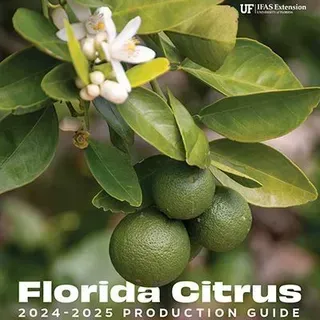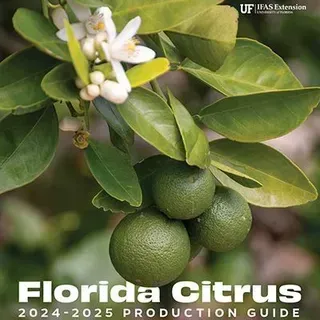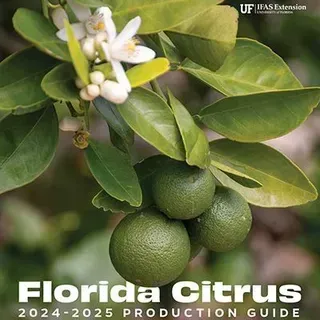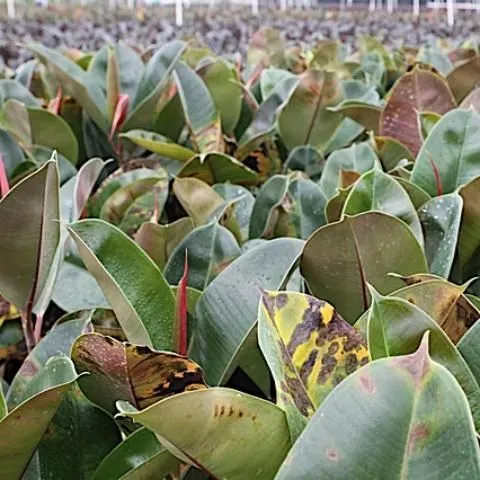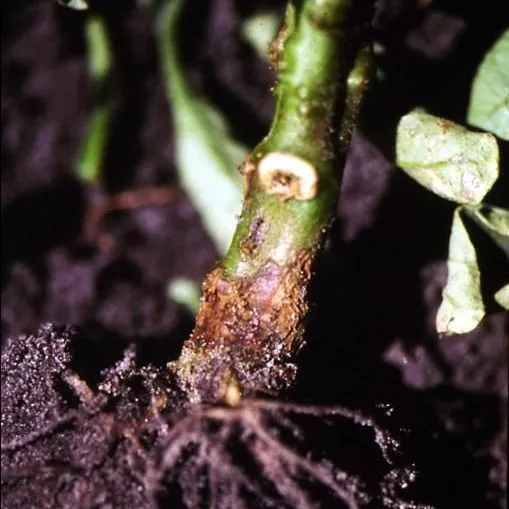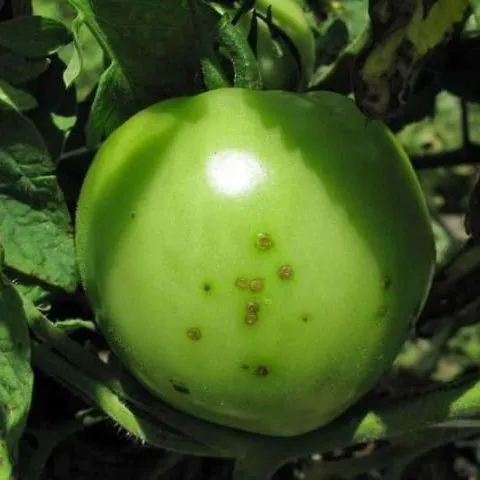Plant Pathology
The department is recognized as a national and international leader in many areas of plant pathology. The research programs focus on diseases caused by fastidious microorganisms, bacteria, fungi, and whitefly- and aphid-transmitted viruses. We are known for our research on diseases of diverse crops including citrus; vegetables such as tomato, pepper and cucurbits; ornamentals including foliage plants and flowering and woody ornamentals; field crops including soybean, peanut and sugarcane; and tropical fruits. Our strengths also include expertise in epidemiology, molecular biology of host-parasite interactions, biological control, and post-harvest diseases. Our faculty has also been very active in international programs as evidenced by the many collaborative efforts in Florida and outside the U.S.
--- About Plant Pathology, https://plantpath.ifas.ufl.edu/about-us/
Editorial Team
- Mathews Paret - Chair
- Pam Roberts - Editor
New and Revised Publications
The department is recognized as a national and international leader in many areas of plant pathology. The research programs focus on diseases caused by fastidious microorganisms, bacteria, fungi, and whitefly- and aphid-transmitted viruses. We are known for our research on diseases of diverse crops including citrus; vegetables such as tomato, pepper and cucurbits; ornamentals including foliage plants and flowering and woody ornamentals; field crops including soybean, peanut and sugarcane; and tropical fruits. Our strengths also include expertise in epidemiology, molecular biology of host-parasite interactions, biological control, and post-harvest diseases. Our faculty has also been very active in international programs as evidenced by the many collaborative efforts in Florida and outside the U.S.
--- About Plant Pathology, https://plantpath.ifas.ufl.edu/about-us/
Editorial Team
- Mathews Paret - Chair
- Pam Roberts - Editor
New and Revised Publications
Showing 100 of 153 Publications
Showing of 52 Experts













